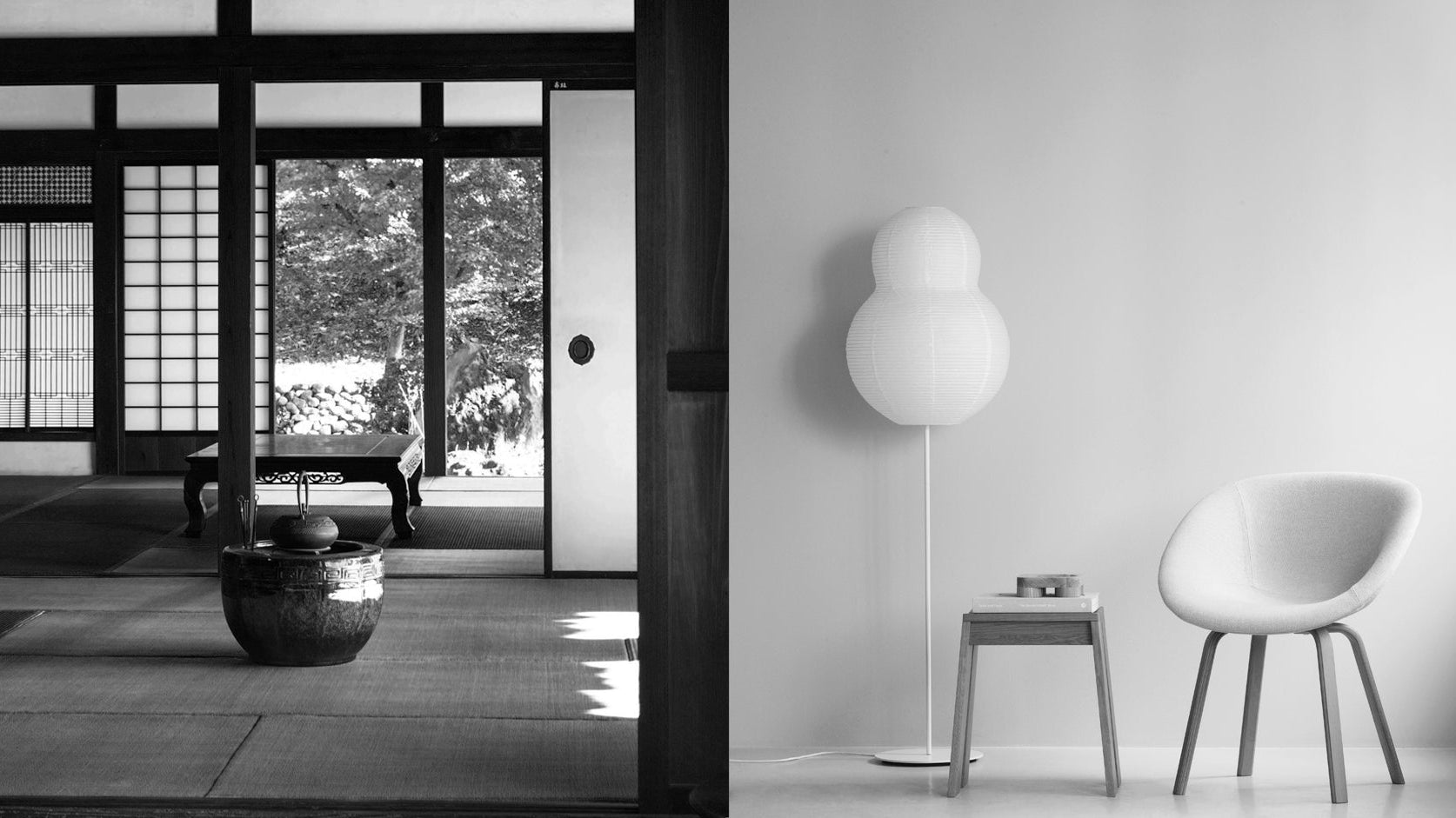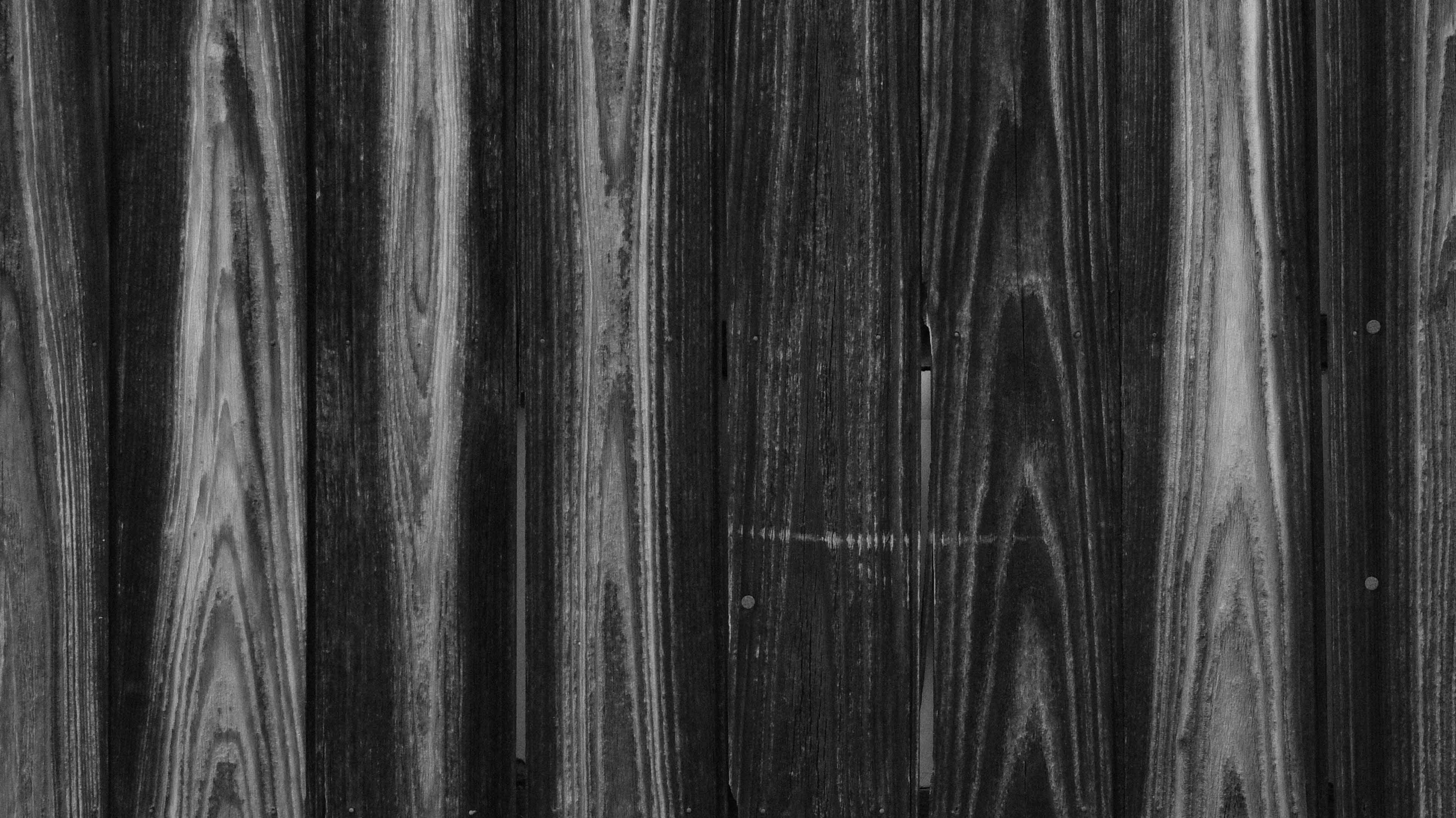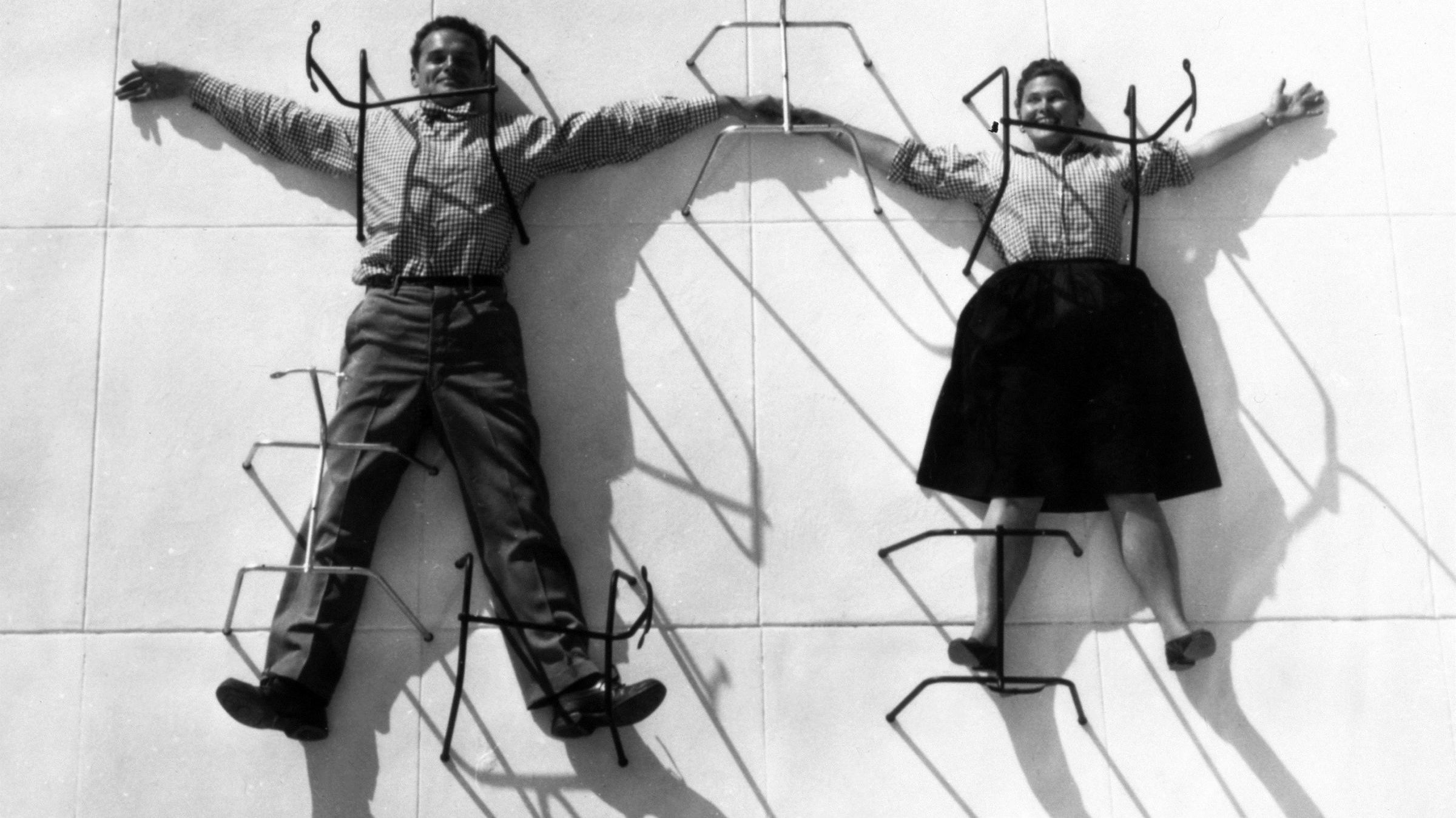Deconstruction has emerged as a significant phenomenon in the world of fashion. This theoretical term originally surfaced within art, architecture, and philosophical literature in the late 1980s and early 1990s. It not only refers to a cutting-edge technique that emphasizes the structural elements of clothing but also embodies a philosophy that challenges the very essence of traditional garment construction. In today's article, let's explore what deconstruction in fashion is and introduce you to the fashion designers who feature it in their creations.
(Deconstruction in Fashion: Definition, Characteristics, and Designers - dans le gris)
Martin Margiela, Spring/Summer 1990.
(Deconstruction in Fashion: Definition, Characteristics, and Designers - dans le gris)
What is Deconstruction Fashion?
(Deconstruction in Fashion: Definition, Characteristics, and Designers - dans le gris)
Deconstruction fashion, a design philosophy and aesthetic movement in the world of clothing, emerged during the late 1980s and early 1990s. It is characterized by an intentionally unfinished appearance, showcasing raw edges, exposed seams, asymmetrical designs, and distressed textiles. This fashion movement draws its roots from the broader intellectual movement of deconstructionism, which originated in philosophy with the influential French thinker Jacques Derrida. However, deconstructivism initially impacted art and architecture before designers began applying similar concepts to clothing. This shift moved away from traditional garment construction to embrace a more unconventional and avant-garde approach. Deconstruction fashion challenges conventional ideas about how garments should be constructed. Fashion designers associated with deconstruction include Martin Margiela, Yohji Yamamoto, Dries Van Noten, Rei Kawakubo, Issey Miyake, and Rick Owens.
(Deconstruction in Fashion: Definition, Characteristics, and Designers - dans le gris)
Rei Kawakubo for Comme des Garçons, 1982. Photo by Peter Lindbergh.
(Deconstruction in Fashion: Definition, Characteristics, and Designers - dans le gris)
Key Characteristics of Deconstruction Fashion
(Deconstruction in Fashion: Definition, Characteristics, and Designers - dans le gris)
1. Asymmetry in Design
The most obvious feature of deconstructed garments is their frequent use of uneven or asymmetrical designs, incorporating deliberate irregularities in shape, length, or the placement of elements. The asymmetry imparts a sense of unpredictability and uniqueness, making it a crucial element in deconstruction fashion. This departure from traditional symmetry might evoke a feeling of rebelliousness in people.
Ann Demeulemeester Spring/Summer 1997 Ready-to-Wear Fashion Show.
(Deconstruction in Fashion: Definition, Characteristics, and Designers - dans le gris)
2. Unfinished Appearance
In certain deconstruction fashion styles, designers intentionally leave seams visible and edges unfinished, leading some individuals to perceive these pieces as unfinished. This intentional choice creates a rough, unrefined aesthetic, highlighting the natural texture of the fabric. 
In the Comme des Garçons Fall/Winter 1994 Ready-to-Wear Fashion Show, Rei Kawakubo's distinctive design is evident, featuring unfinished edges and a rough texture in the textile.
Additionally, the unfinished appearance serves as a rebellion against the pursuit of perfection in fashion, challenging the notion that garments need to conform to flawless standards and fostering an appreciation for the beauty found in imperfections. This concept coincidentally aligns with the Japanese philosophy of Wabi Sabi, and the founder of Comme des Garçons, Rei Kawakubo, embodies this philosophy in her garments.
(Deconstruction in Fashion: Definition, Characteristics, and Designers - dans le gris)
3. Distressed Textiles and Unexpected Materials
The use of distressed textiles, incorporating techniques like fading, fraying, or intentional wear and tear, not only adds to the unfinished aesthetic but also infuses a sense of history or a lived-in quality into the garment. Distressed textiles contribute to the individuality of each garment, making each piece unique and distinctly different from mass-produced items. Moreover, a deconstructionist designer is interested in experimenting with unconventional materials and textures. This includes the integration of recycled fabrics, the transformation of existing garments, or the utilization of materials uncommonly linked to traditional fashion.
Martin Margiela's waistcoat, a deconstruction fashion masterpiece, crafted from porcelain, metal, and cotton. An example of a preference for unexpected materials. Fall/Winter 1989–90.
(Deconstruction in Fashion: Definition, Characteristics, and Designers - dans le gris)
4. Reshaped Garment Silhouettes
Defining deconstruction fashion is challenging using traditional terms, as it involves a departure from conventional and expected garments. This departure is also embodied in the shapes of clothing, as deconstructionist designers prefer to create oversized pieces, experiment with unconventional arrangements of volume, or intentionally alter, skew, or transform garments to challenge established norms and generate a unique visual impact. In deconstruction fashion, silhouettes frequently feature experimentation with proportions. This approach challenges the conventional understanding of proportion and balance in garment design.
Issey Miyake's Minaret Dress from 1995: The unconventional silhouette makes an impressive visual statement in deconstruction fashion.
(Deconstruction in Fashion: Definition, Characteristics, and Designers - dans le gris)
5. Philosophical Inspiration
As deconstruction fashion is rooted in the broader intellectual movement of deconstructionism, it is profoundly shaped by philosophical concepts. For instance, in philosophy, deconstruction dismisses the idea of fixed meanings and stable structures. Similarly, deconstruction fashion challenges the established forms and meanings linked to traditional garment construction. It embraces the notion that clothing can possess a fluid, evolving nature, remaining open to reinterpretation.
Maison Margiela Spring/Summer 1997 Ready-to-Wear.
Moreover, deconstructionism aims to dismantle binary oppositions and hierarchies, emphasizing the interplay and interdependence of seemingly opposing elements. In fashion, this translates into a blurring of distinctions between high and low fashion, formal and casual wear, and other traditional fashion dichotomies. Martin Margiela, a pivotal figure in deconstruction fashion, had twin obsessions with dissection and reconstruction, embodying the philosophy of dismantling binary oppositions. In his Spring 1997 collection, a piece emerged that would become a signature, blurring the line between dressmaker dummies and real people. Similar to dressmaker dummies, Margiela's linen tops were numbered and lettered.
(Deconstruction in Fashion: Definition, Characteristics, and Designers - dans le gris)
Fashion Designers and Deconstruction Example
While there is no direct definition in fashion for who should be considered representatives of deconstruction, the impact of deconstruction fashion is evident through the works of these fashion designers. Let's explore how these fashion designers incorporated the concept of deconstruction into their respective collections.
(Deconstruction in Fashion: Definition, Characteristics, and Designers - dans le gris)
1. Martin Margiela

Belgian fashion designer Martin Margiela is consistently recognized for his association with deconstruction fashion.
Speaking of deconstruction fashion, the first one that must be mentioned is Martin Margiela. He is a Belgian fashion designer born in 1957 and emerged in the late 1980s. Martin Margiela is renowned for his deconstructive and avant-garde designs featuring unconventional materials, oversized silhouettes, upcycled vintage items, and visible seams with raw edges. His deconstruction technique involves carefully cutting and reassembling parts of old garments, crafting unexpected pieces in a new way that remains unparalleled even today.
Martin Margiela's Spring/Summer Collection in 1998. A play with geometry, the collection is based on the concept of transforming flat paper patterns into three-dimensional objects.
Let's mention a few examples of Martin Margiela's style in fashion deconstruction. In the 1994 Fall/Winter collection, the third group of the collection was called "Clothing reproduced from a doll's wardrobe." Since Martin Margiela is fascinated with proportions, he reproduced a doll's clothes in adult sizes, resulting in garments and closures with disproportionate sizing. In the 1998 Spring/Summer collection, his experimentation was based on the idea of flat paper patterns being turned into three-dimensional objects. This resulted in displaced sleeves and arm- and neckholes, creating new proportions for the body. Martin Margiela's garments deconstructed the idea of the perfect size or body type. This is also evident in how deconstruction fashion challenges the conventional understanding of proportion in garment design.
(Deconstruction in Fashion: Definition, Characteristics, and Designers - dans le gris)
2. Ann Demeulemeester
Belgian fashion designer Ann Demeulemeester. Photo by Patrick Robyn.
Ann Demeulemeester is a Belgian fashion designer, acknowledged as one of the Antwerp Six in the fashion industry. She is acclaimed for introducing deconstruction to fashion. For her, fashion is a form of communication. Ann Demeulemeester's designs are characterized by a unique blend of minimalism, a monochromatic palette, and a deconstructive aesthetic with elegant tailoring.
Ann Demeulemeester Spring/Summer 1997 Ready-to-Wear Fashion Show.
Ann Demeulemeester's Spring/Summer Collection in 1997 stands as a testament to her ability to blend classicism with asymmetry and nonchalance with elegance. Like other deconstructionist designers, Ann Demeulemeester embraces asymmetry and unconventional silhouettes. Her designs often showcase draped fabrics, irregular hemlines, and unexpected proportions, challenging traditional notions of garment structure. In expressing her creative vision, she remarked, "I wanted to create a new silhouette again because I felt so tired of seeing all these women in close-to-the-body clothes."
(Deconstruction in Fashion: Definition, Characteristics, and Designers - dans le gris)
3. Rei Kawakubo
Rei Kawakubo, founder of Comme des Garçons and Dover Street Market. Photo by Paolo Roversi.
Rei Kawakubo is a Japanese fashion designer and the founder of Comme des Garçons. She is often associated with deconstruction fashion due to her innovative and unconventional approach to fashion design, which includes the use of black, asymmetrical cuts, and deliberately torn fabrics. Rei Kawakubo's radical creations are highly influenced by the Zen-Buddhist concept of Wabi Sabi, which is evident in her seemingly "unfinished" garments.

Rei Kawakubo's deconstructed garments showcased at the Comme des Garçons Spring/Summer 1995 Ready-to-Wear Fashion Show.
No matter whether it's tailoring or deconstruction, these are two essential aspects of Rei Kawakubo's work. As mentioned earlier, deconstruction fashion challenges binary oppositions. In her Spring/Summer Collection of 1995, titled "Transcending Gender," Rei Kawakubo addressed the sexual politics of tailoring, making a bold statement by challenging conventional distinctions between men's and women's clothing. The garments showcased a fusion of traditionally masculine and feminine elements, blurring the lines and challenging preconceived notions of gender-specific attire.
(Deconstruction in Fashion: Definition, Characteristics, and Designers - dans le gris)
4. Yohji Yamamoto

Japanese Fashion Designer Yohji Yamamoto. Photo by Heji Shin.
Yohji Yamamoto is a Japanese fashion designer based in Tokyo and Paris. An uncompromising non-traditionalist with an avant-garde spirit, Yohji Yamamoto's deconstructionist fashion style emerged in the 1980s. Deconstructing and reconfiguring traditional clothing and silhouettes has always been an essential component of his work. His designs often feature oversized and asymmetrical silhouettes, unconventional draping, and a deliberate use of black as a dominant color. Additionally, many of his garments are adorned with extra flaps, pockets, and straps.

Yohji Yamamoto Fall/Winter 2001 Ready-to-Wear Fashion Show.
In Yohji Yamamoto's Fall/Winter 2001 collection, he introduced fluid, dramatic silhouettes and couture-like craftsmanship, infusing an athletic-inspired theme into the designs. The runway showcased asymmetric dresses, amorphous coats, and unexpectedly tailored pieces expertly blended into casual wear. Yohji Yamamoto showcased that the art of deconstruction in fashion consistently brings about unexpected surprises.
(Deconstruction in Fashion: Definition, Characteristics, and Designers - dans le gris)
5. Dries Van Noten

Dries Van Noten is a Belgian fashion designer who is acknowledged as one of the Antwerp Six in the fashion industry.
Dries Van Noten, a Belgian fashion designer renowned for his eponymous fashion label, graduated from the Royal Academy of Fine Arts in Antwerp in 1980, alongside Ann Demeulemeester, acknowledged as one of the Antwerp Six in the fashion industry. These designers basically pioneered the concept of deconstructed, raw garments. Dries Van Noten is known for his vibrant approach to deconstruction, combining unexpected fabrics, textures, and patterns, and using contrasting elements to create garments that challenge conventional notions of fashion.

Dries Van Noten Fall 2013 - Backstage. Photo by Kevin Tachman.
In the 2006 Spring/Summer Menswear collection, Dries Van Noten created an interesting combination with his deconstructed design. He paired pajama pants with slippers and a tuxedo shirt or a thrown brocade coat. These elements are not usually combined, embodying a casually sensual clash. Moreover, in the 2013 Fall/Winter Ready-to-wear collection, Dries Van Noten aimed to create classic embodiments of both masculinity and femininity, innovatively blending them into a singular entity. The collection features elements such as a plus-size overcoat with a romantic botanical pattern and a mannish white shirt adorned with a necklace of faux diamonds, resulting in an eccentrically glamorous appearance. Unlike other deconstructionist designers, Dries Van Noten is not afraid of using color; he plays with deconstruction in a wondrous and romantic way.
(Deconstruction in Fashion: Definition, Characteristics, and Designers - dans le gris)
Read More Fashion Articles:
• Meet the Antwerp 6+1: Trailblazers of Belgian Fashion in the 1980s
• Issey Miyake: 8 Things You Should Know About the Japanese Fashion Legend
• All You Need to Know About Dries Van Noten
• Elsa Schiaparelli: Where Surrealism Art Meets Haute Couture
(Deconstruction in Fashion: Definition, Characteristics, and Designers - dans le gris)
About Us
Dans Le Gris is a brand that began with everyday jewelry, with each handmade piece designed and crafted in Taiwan. We deeply value every detail, dedicating ourselves to creating timeless pieces through collaboration with experienced craftsmen.
In our journal, we provide irregular updates featuring articles about art, culture, and design. Our curated content encompasses diverse aspects of life, with the aspiration to offer meaningful insights and inspiration.






